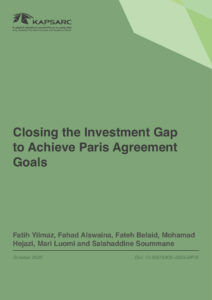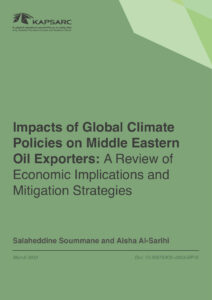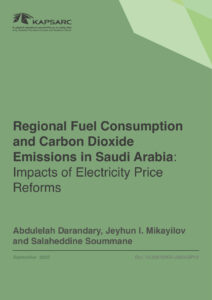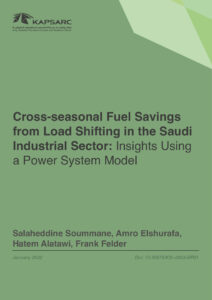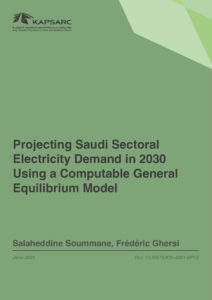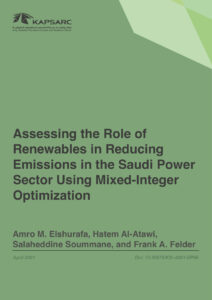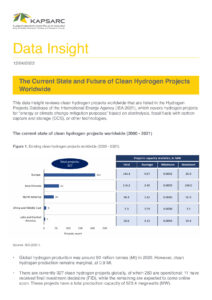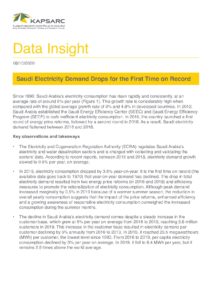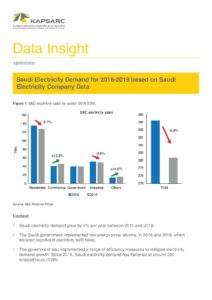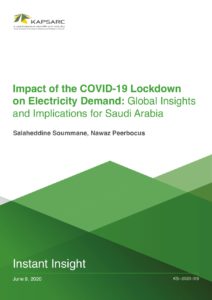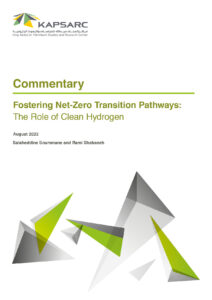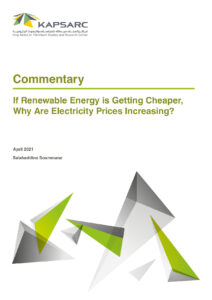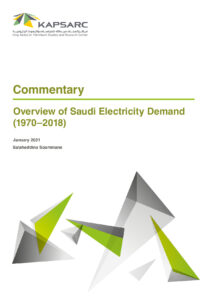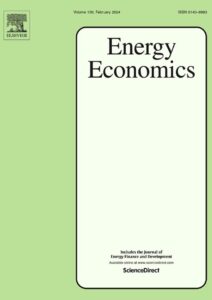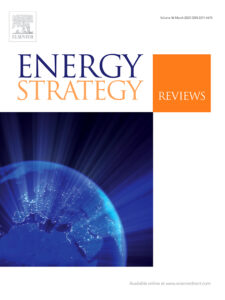Salaheddine was a senior associate in Consulting. His current work scopes include energy market restructuring, modeling, and regulation.
Before joining KAPSARC, Salaheddine worked as a research associate at the Centre for International Research on Environment and Development (CIRED), a National Centre for Scientific Research lab in Paris, as part of the integrated economy–energy modeling team. He also worked as an economist in the energy markets and environmental regulation unit of the utility group Électricité de France (Paris).
Salaheddine holds a Ph.D. in Economics from Paris-Saclay University (France). His doctoral dissertation assessed potential economic and energy transition pathways for Saudi Arabia. He also holds an M.Sc. in Energy Economics and Law from the University of Montpellier (France), and an M.Sc. in Finance from the Aix-Marseille School of Economics (France).

